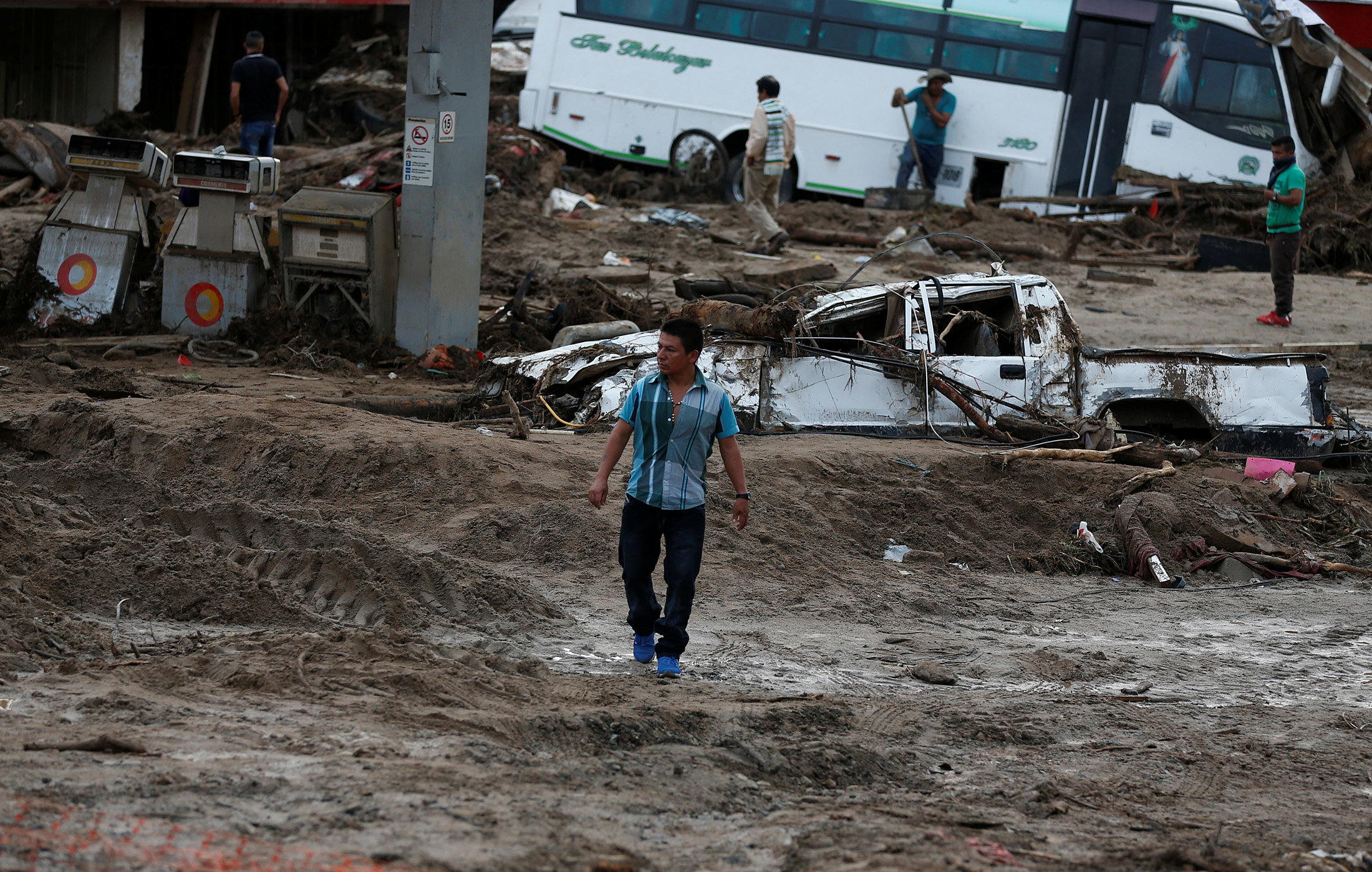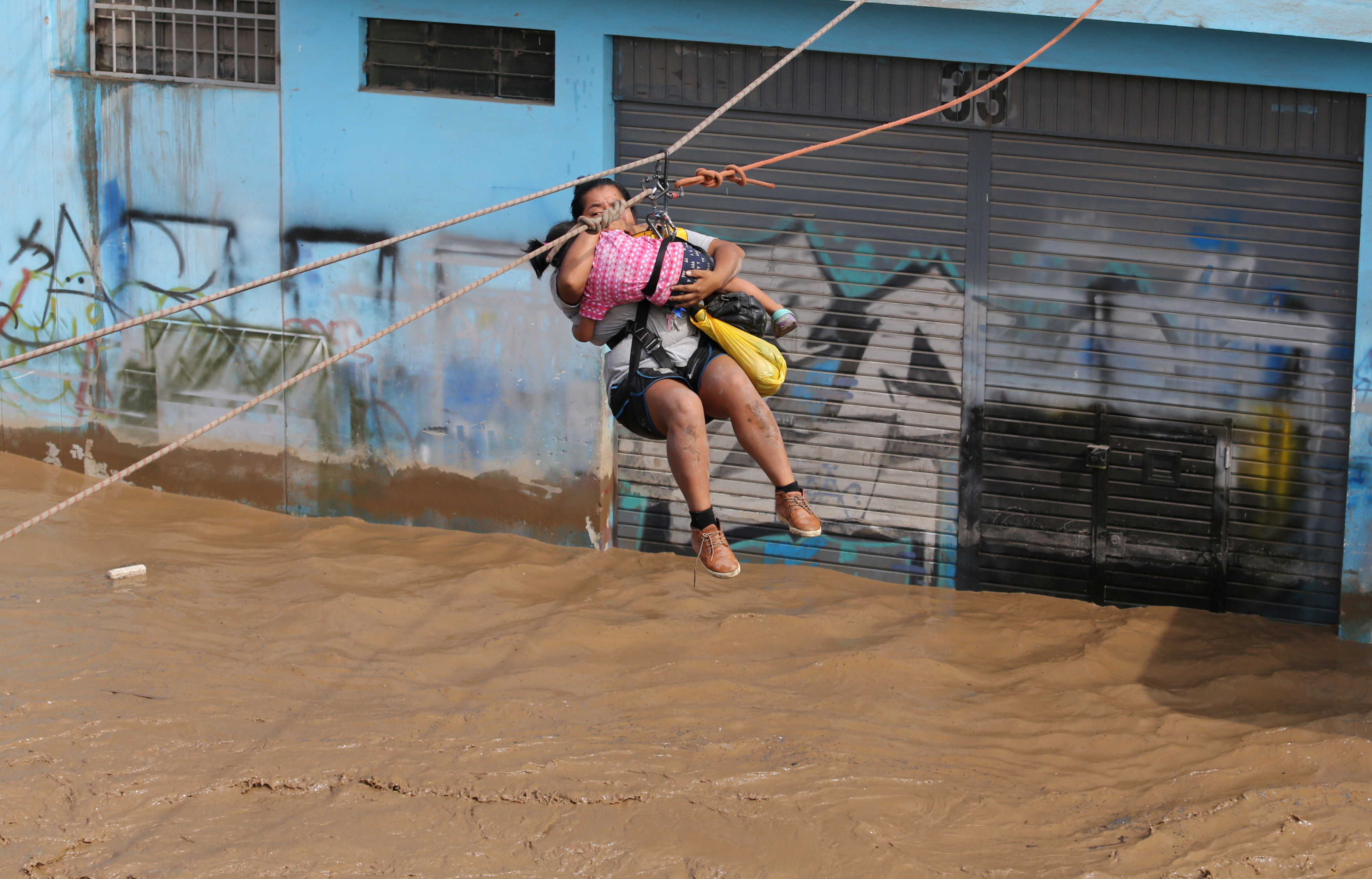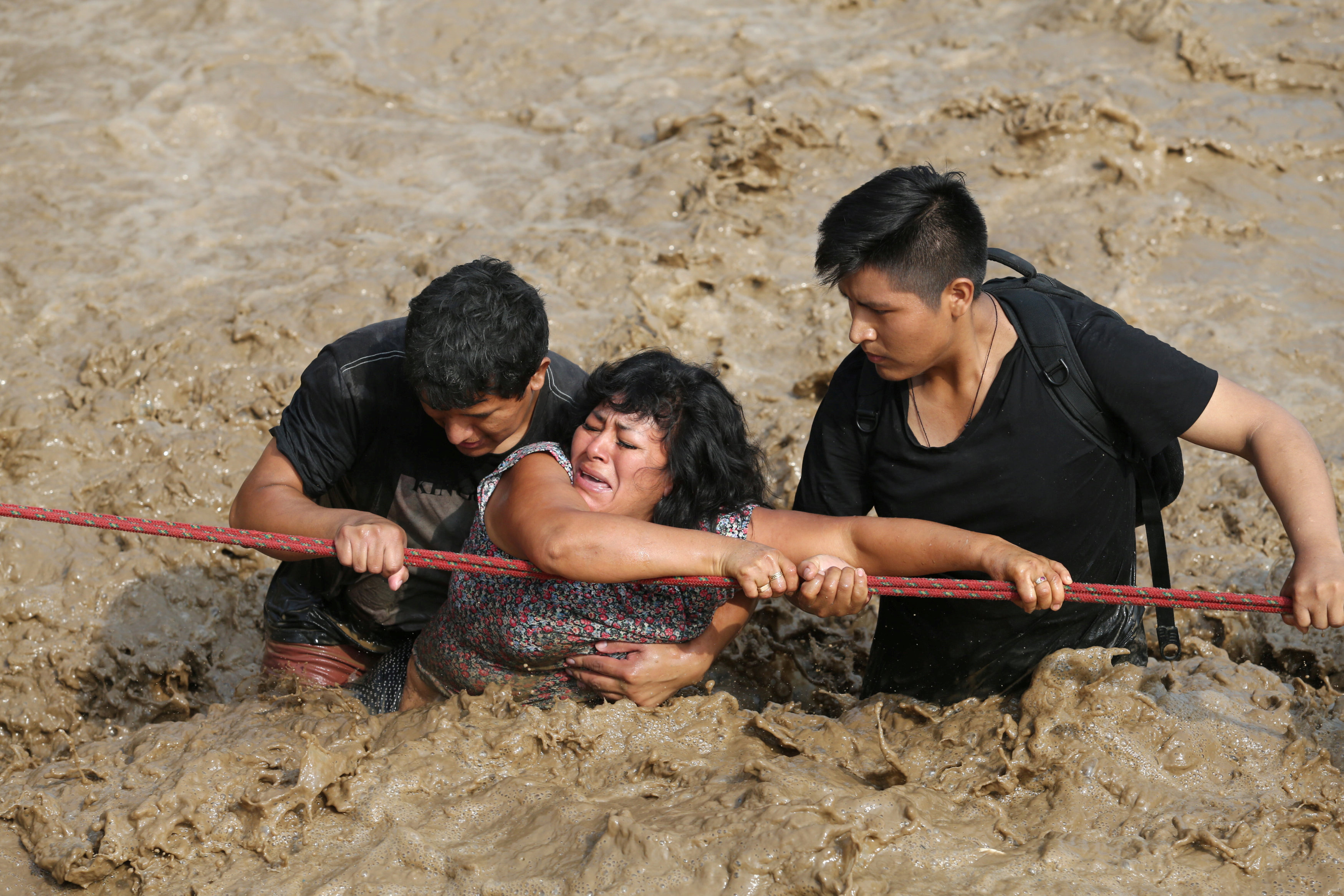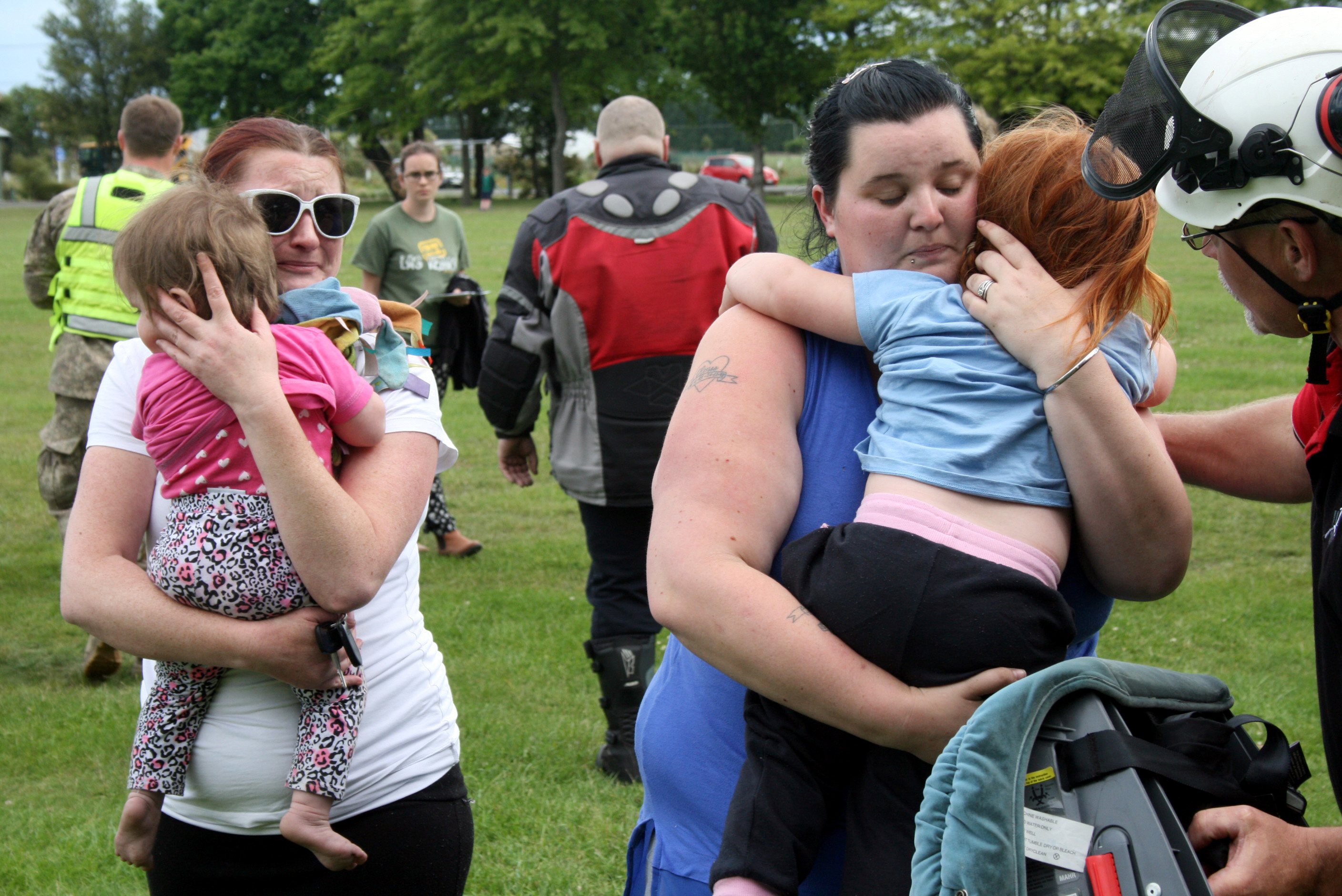
By Christian Shepherd
JIUZHAIGOU, China (Reuters) – A 7.0-magnitude earthquake struck a remote, mountainous part of China’s southwestern province of Sichuan, killing 19 people, including eight tourists, and injuring 247, the provincial government and official media said on Wednesday.
The quake hit a sparsely populated area 200 km (120 miles) northwest of the city of Guangyuan late on Tuesday at a depth of 10 km (6 miles), the U.S. Geological Survey said. It was also close to the Jiuzhaigou nature reserve, a tourist destination.
Sichuan is frequently struck by tremors. A huge quake there in May 2008 killed almost 70,000 people.
A separate quake of magnitude 6.6 hit a remote part of China’s far northwestern region of Xinjiang, more than 2,000 km (1,240 miles) away, on Wednesday, the Chinese earthquake administration said. The People’s Daily said 32 people had been injured in the mostly rural area.
The Sichuan government said rescuers were gradually evacuating tourists and residents who had been cut off by landslides.
It added that 19 people had been killed, but most of those injured were not seriously hurt.
The dead included eight tourists, two residents and nine whose identities have yet to be confirmed, state television said.
In nearby Longnan in the neighboring province of Gansu, also jolted by the quake, eight people died in landslides caused by heavy rain, the People’s Daily said.
The Sichuan government added that 45,000 tourists had been evacuated from the quake zone with just 1,000 more still waiting to leave.
A few dozen tourists were camped out at Jiuzhaigou airport, waiting for flights. The airport was open and beginning to evacuate people by air, state media said.
A traveler with a young daughter who gave his family name as Li said he was in his hotel when the earthquake hit.
“The walls and floor shook. Some things fell off the table,” he said.
Some people were injured in the hotel but most were fine.
“The rescue services showed up quickly and gave us water and things to eat,” Li said, adding that he received priority in evacuation since he was accompanied by a small child.
“At first the road was blocked, but they had cleared a lane this morning for ambulances.”
A French man and a Canadian woman suffered light injuries, Xinhua reported.
All 341 Taiwan tourists in 19 tour groups were safe, the government of the self-ruled island said, however.
The Sichuan government dismissed as overblown earlier fears that part of a hotel had collapsed, saying damage proved minor and everyone was evacuated safely.
The Sichuan earthquake administration, which also assessed the quake magnitude at 7.0, said its epicenter was in Ngawa prefecture, populated chiefly by ethnic Tibetans, many of whom are nomadic herders.
The area was rattled by aftershocks on Wednesday.
Pictures on state-run social media sites showed some damage in Jiuzhaigou, with tiles having fallen off buildings and people gathering outdoors.
State television said electricity had largely been restored to affected areas and the military was also sending rescuers.
The Sichuan government said on one of its official social media sites that more than 38,000 tourists were now visiting Jiuzhaigou.
Shaking was felt in the provincial capital, Chengdu, and as far away as Xian, home of the famous terracotta warrior figures, according to the government.
The Xinjiang quake’s epicenter was in Jinghe county, about 100 km (60 miles) from the border with Kazakhstan, where about 140,000 people live, according to Xinhua.
Residents several hundred kilometers away in Urumqi, and the cities of Karamay and Yining, felt strong tremors, Xinhua said. The jolt lasted about 20 seconds, it said.
(This version of the story removes extraneous name in byline)
(Additional reporting by David Stanway in Shanghai, Michael Martina in Beijing and Faith Hung in Taipei; Writing by Ben Blanchard; Editing by Michael Perry and Clarence Fernandez)









